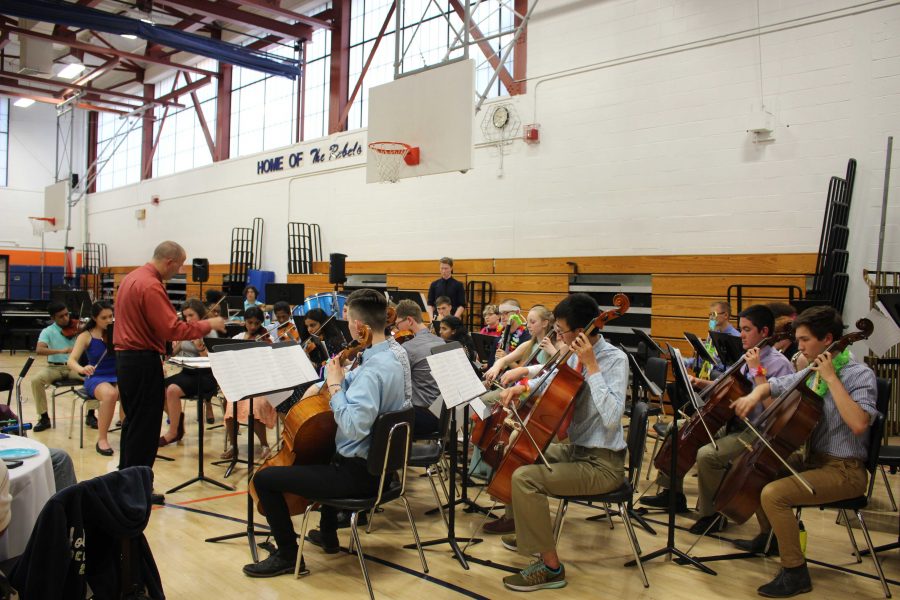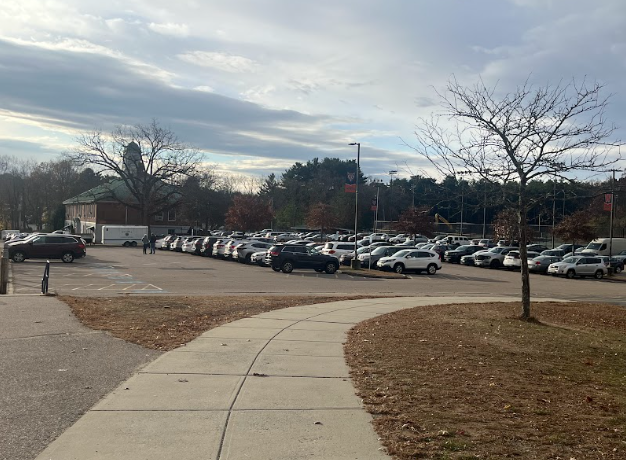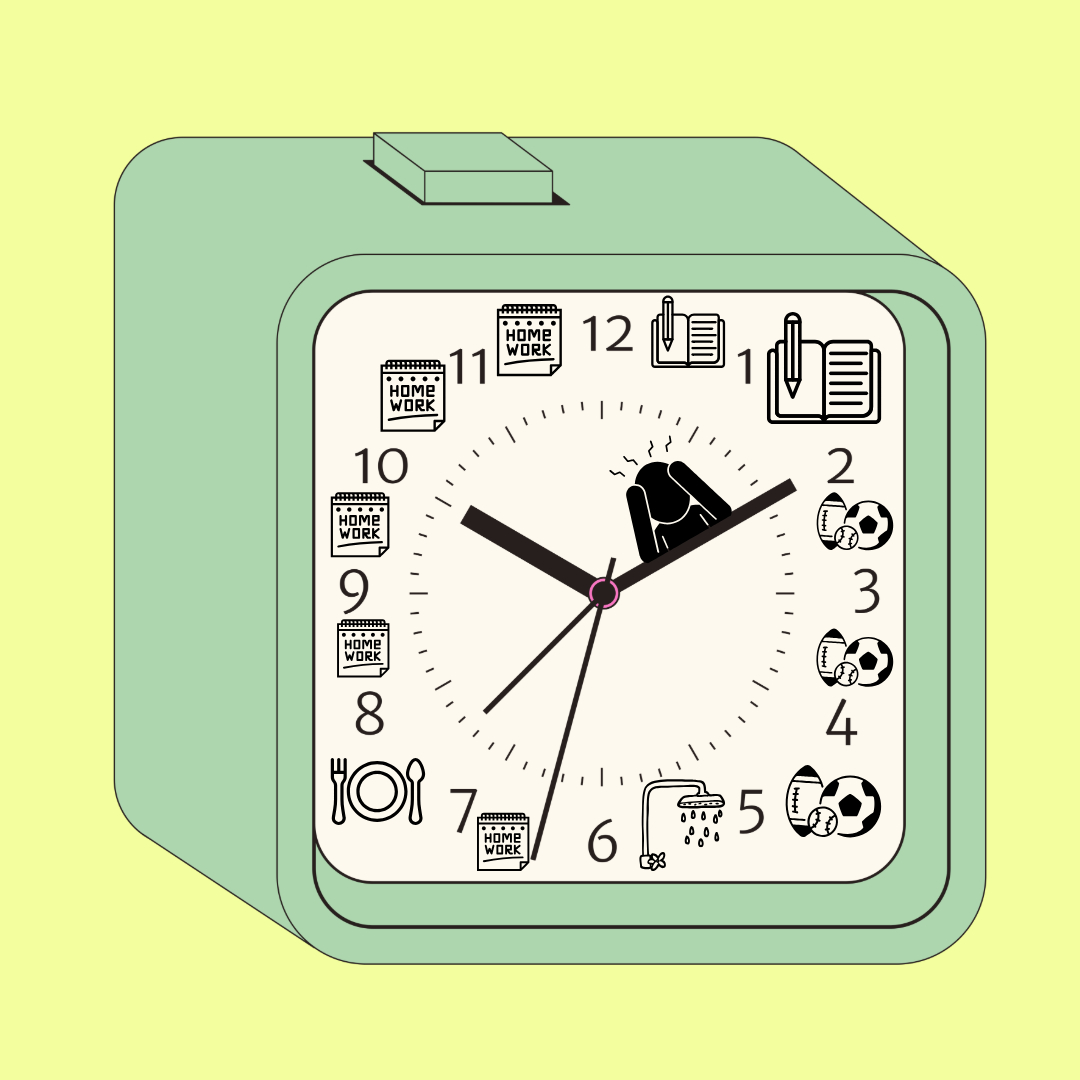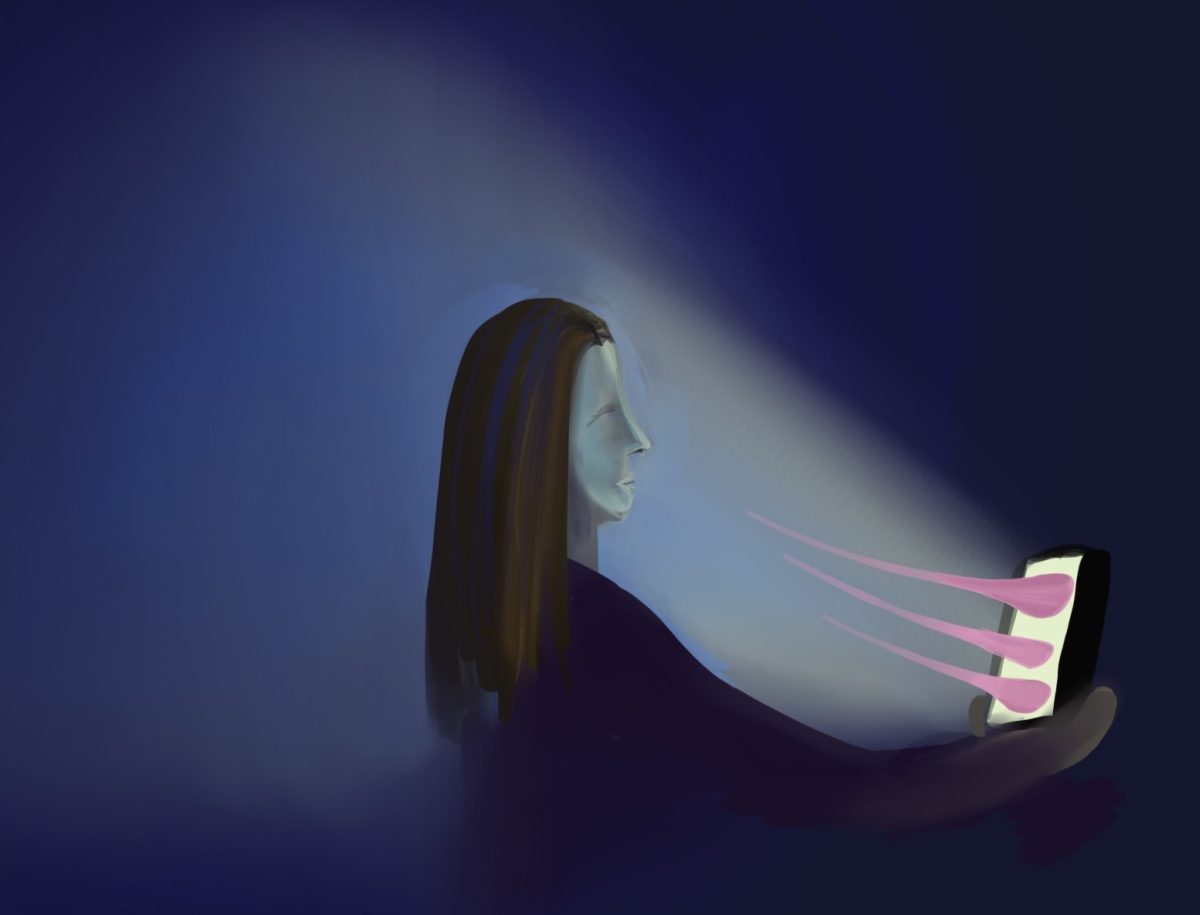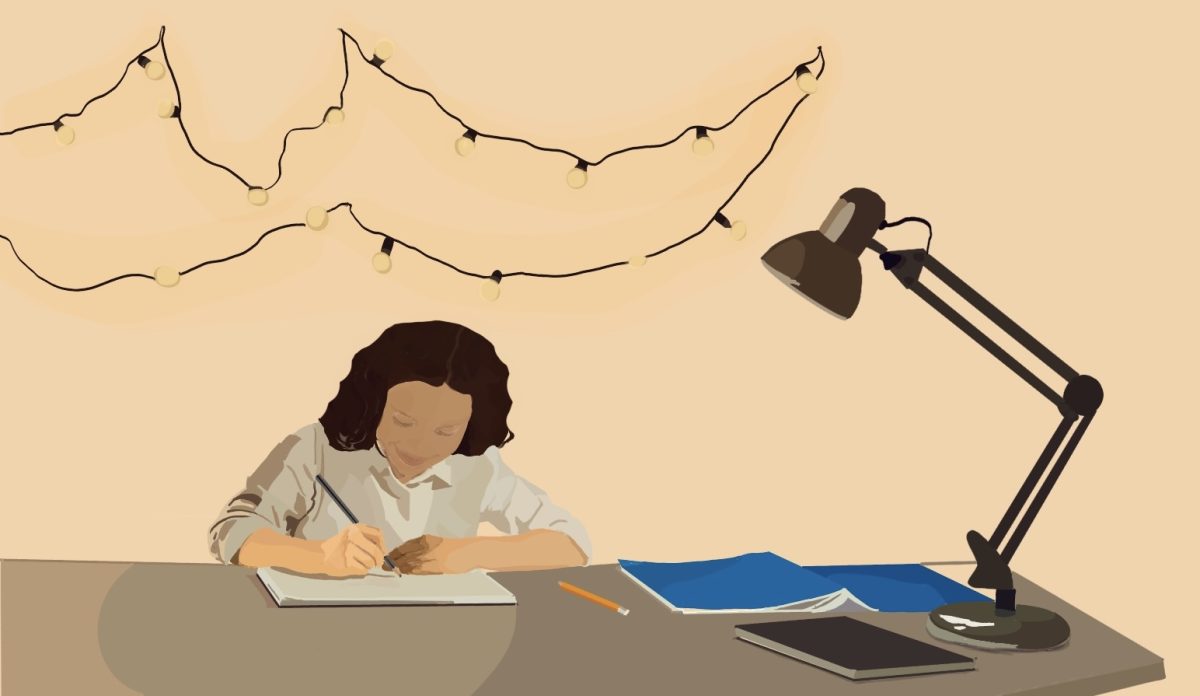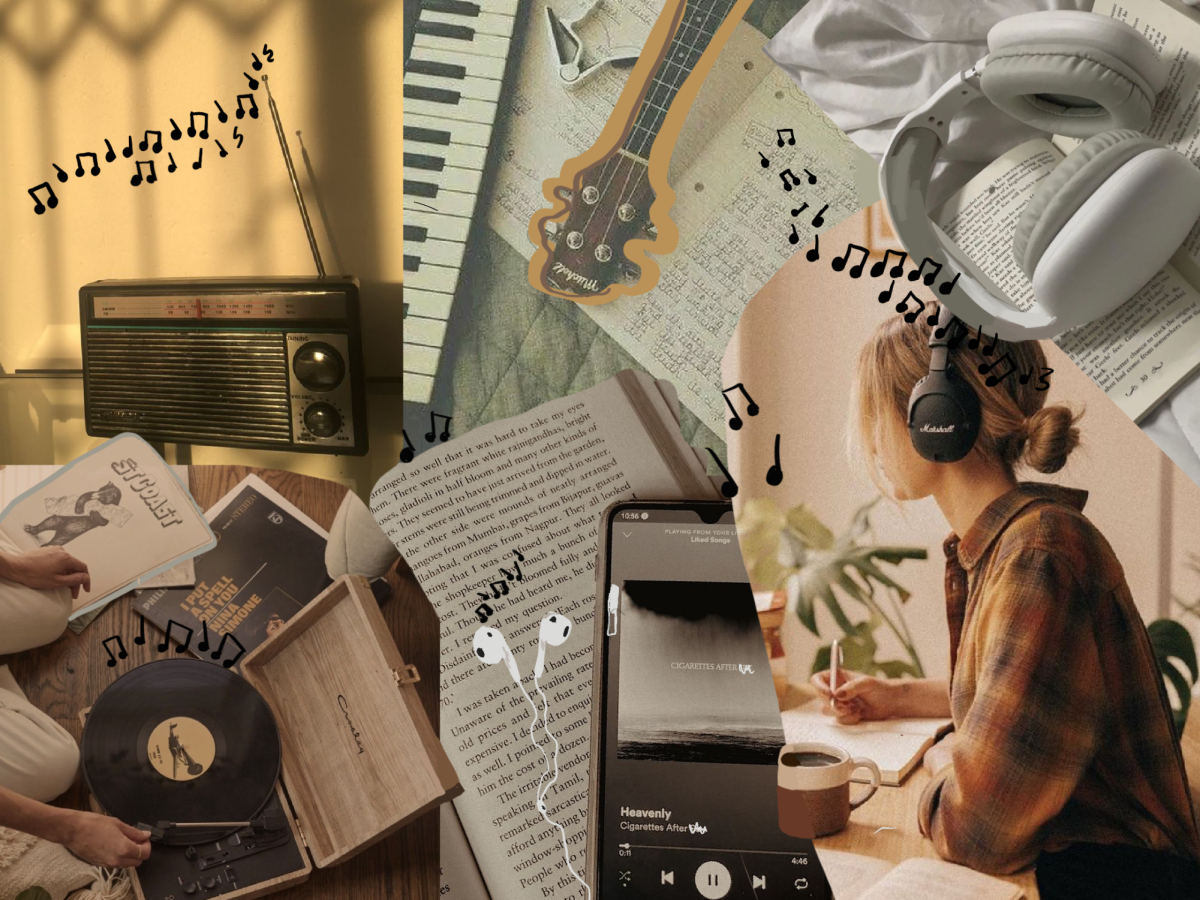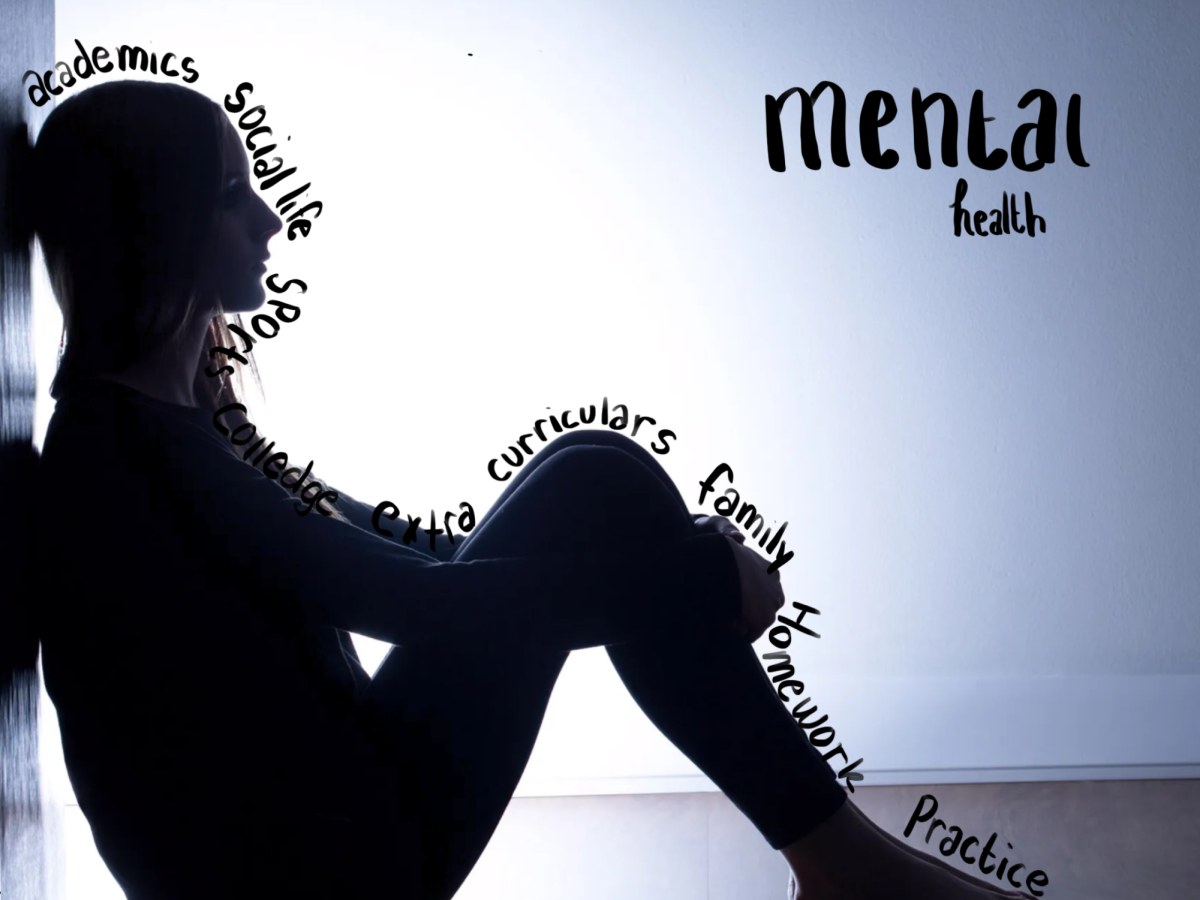The Walpole Public Schools are home to immense talent beyond the academics, as from young ages students identify their passions. Unless you received an email from Ashley Prickel-Kane, many people do not know that the Walpole High School (WHS) Camerata (13 students for a choral ensemble) and I (for a cello solo) recently earned gold medals and superior rankings and were invited to attend an honors concert at the Massachusetts Instrumental and Choral Conductors Association Solo and Ensemble Festival. I also participate in the Harvard Summer School Orchestra every summer, and a group from Walpole actively is a part of the Harvard Summer Pops Band. The music and art departments in Walpole are full of talented students, but many of my peers are unaware of the successes of their classmates.
In 2015, WHS alumni Nell Gordon and Max Simons directed a documentary for the Film Festival titled “The Decrescendo.” In their film, they identify the National Endowment for the Arts’ funding for the arts in education was $40 million in 2009 and decreased to $25 million in 2012.
Although Walpole’s budget for education is meticulously planned and only a certain amount of money can, therefore, be given to the arts, each generation should still recognize the arts’ values and put every effort into continued funding.
According to the WHS program of studies for 2018-2019, certain “courses have been approved by the Walpole High School Curriculum Council. However, are not currently available to students due to budget constraints.” Ten of these nineteen classes are in the arts, including classes such as “Introduction to Theater” and “Art Exploration.”
For students, the arts are not only breaks from rigorous classes to exercise their passions, as they are proven to improve academia. Christopher Johnson, professor of music education and therapy at the University of Kansas, found that superior music education raised English test scores by 22% and math scores by 20%. There is also interest in dance amongst the students—there were 36 students who were part of Dance Company for the 2017-2018 school year, and Richard Kim is a qualified teacher—so there should be a dance class in the curriculum. Moreover, there should be more options for students.
There have been developments in the past year to fund the music program, such as hiring Prickel-Kane in 2015 as a second music teacher and setting up a piano lab. However, the number of students playing instruments at WHS has been on a downward trend; the orchestra roster currently is about 10 people fewer than two years prior.
While class size is determined by multiple factors such as scheduling issues, if the arts were recognized more by students, more would take the classes, and there would be overall more support in the school culture and community. The music department should have concerts during the school day for students to enjoy; they should collaborate with the middle schools and elementary schools more often. Students should advertise for the arts on the morning news and hang posters throughout the school, enabling the school community to be aware.
According to my interview with Jeffrey Beecher, who is a string bassist in cellist Yo-Yo Ma’s experimental culture group Silk Road Ensemble, art is a combination of creativity, craftsmanship, dedication and social commentary. During his rough childhood, music was a companion that allowed him to express himself.
Although Walpole does have significant opportunities for students interested in the arts, some students seek to broaden their experience further. Some talented students must find opportunities elsewhere to exercise their art, such as at the MassArt Youth Programs and Franklin School of Performing Arts.
However, not all students have the privilege, money or transportation to learn about and participate in the arts beyond Walpole. Walpole students all have passions— and no one passion should be considered better than another. Everybody is unique in their own way and should have the support to freely pursue the arts.


